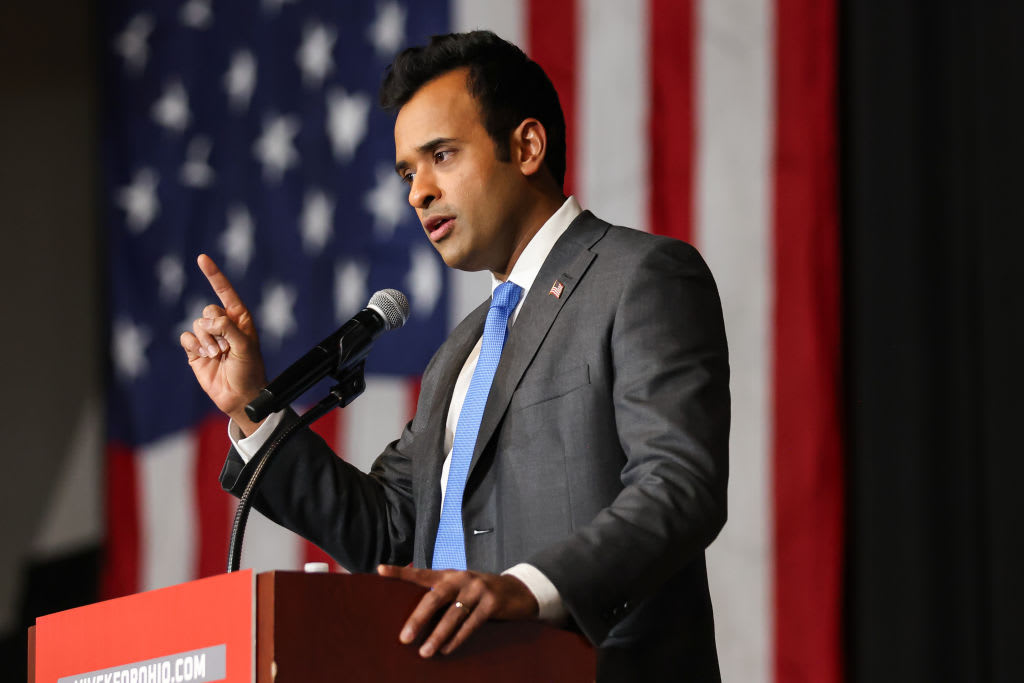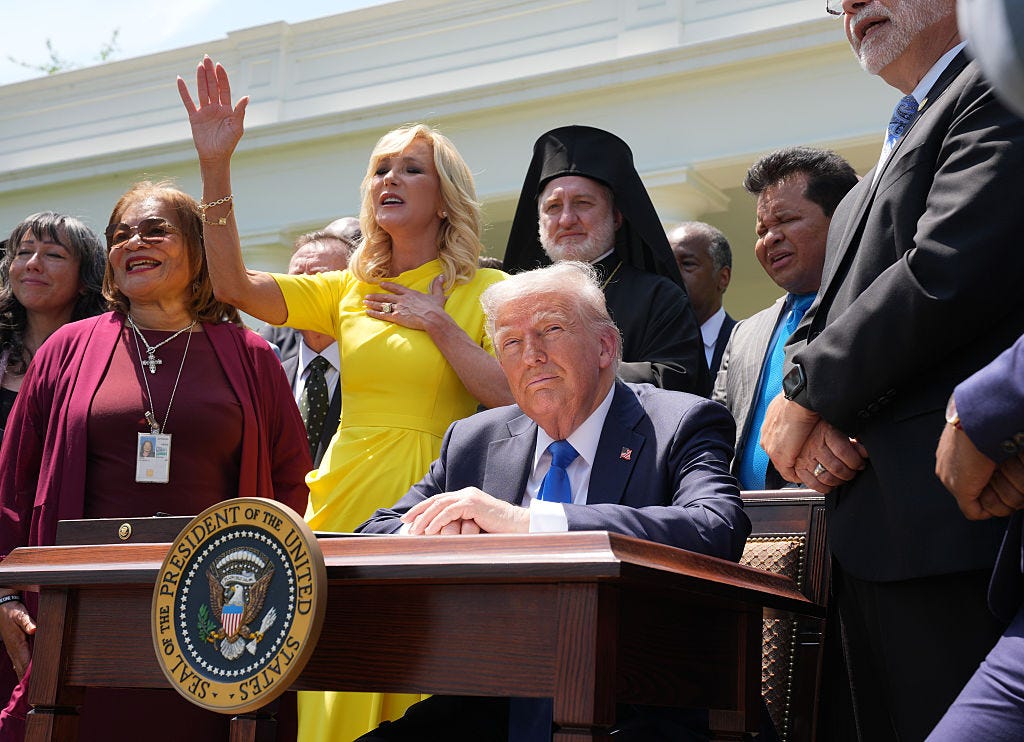The labor force is shrinking. Here's what is keeping Americans from working.
The labor market remains surprisingly resilient, with the U.S. adding more jobs than expected in November. Yet that job growth is masking a trend pressuring employers and the economy alike: The labor force is actually shrinking.
The number of people who either are working or looking for a job declined by 186,000 in November, marking the third straight monthly drop, according to Labor Department data released on Friday.
The labor force participation rate, or the percentage of working-age adults who have a job, fell to 62.1% last month, a 0.3-percentage point drop from August. And that remains a far cry from the pre-pandemic rate of 63.4%, which signals that the labor market is far from fully recovered.
The dichotomy of job growth combined with a shrinking pool of workers underscores the tensions facing the U.S. economy at a precarious moment. The Federal Reserve wants to put the brakes on the economy and cool the labor market — yet employers are pulling out the stops to find workers as many remain sidelined due to a combination of sickness and child care issues for parents. On top of that, baby boomers continue to retire in the millions each year.
The decline in the labor force participation rate is a "cause of concern," said Sania Khan, chief economist at Eightfold AI, which provides recruiting software. The decline is "one of the main reasons for this persistently tight labor market."
As a result, employers are boosting wages to attract workers, pushing up average pay 5.1% in November over the last 12 months — or twice as high as economists had expected, according to Julia Pollak, chief economist at ZipRecruiter.
The shrinking workforce represents a setback in the fight against inflation: If employers had more workers to choose from, they would be under less pressure to bid up wages and thereby contribute to inflation pressures. With wages rising faster than expected in November, it's likelier that the Fed could keep rates higher for longer than expected, Pollak added.
Out sick
Even though the pandemic is easing, with COVID cases falling, more Americans are unable to work due to illness than a year earlier, Pollak pointed out.
"Sickness is still holding people back," she wrote in an email. "In November, 1.6 million were employed but out of work due to their own illness, 261,000 more people than last month, and 83,000 more people that at the same time last year."
Even though COVID cases are on the wane, Americans are getting hit by the so-called "tripledemic," or a triple whammy of cases of COVID-19, the flu and a virus called respiratory syncytial virus (RSV) surging at the same time.
In October, 104,000 workers didn't show up because they had child care issues, according to government data. Some of those workers may have been forced to skip work to care for sick children.
Another issue facing the labor force is the wave of retirements from the baby boomer generation. Boomers accelerated their retirements in 2020, the year the pandemic hit, with retirements jumping 13% that year, according to Pew Research. Almost 29 million baby boomers were retired in the fall of 2020, or about 4 in 10 people of that generation.
At the same time, parents continue to struggle with child care issues, ranging from availability of care to its cost. Since the start of the pandemic, almost 90,000 child care workers have left the industry, or about 8% of its workforce, according to the Center for American Progress.
With reporting by the Associated Press.





